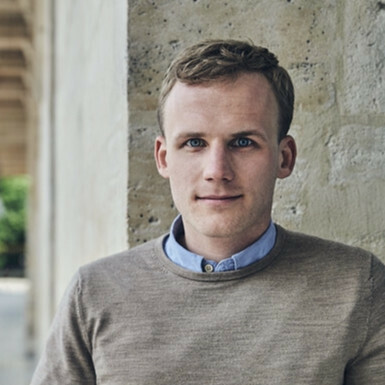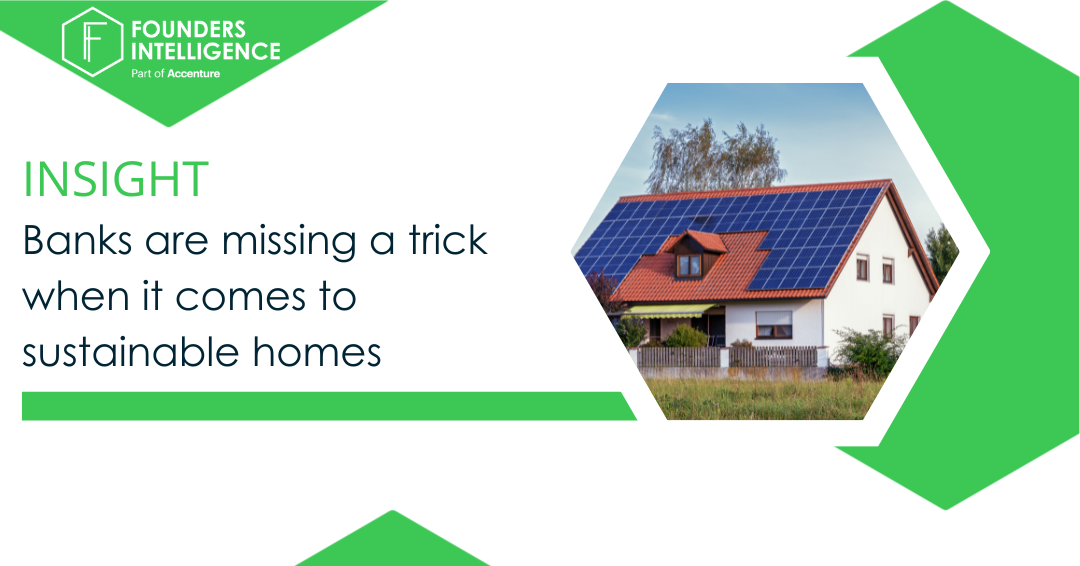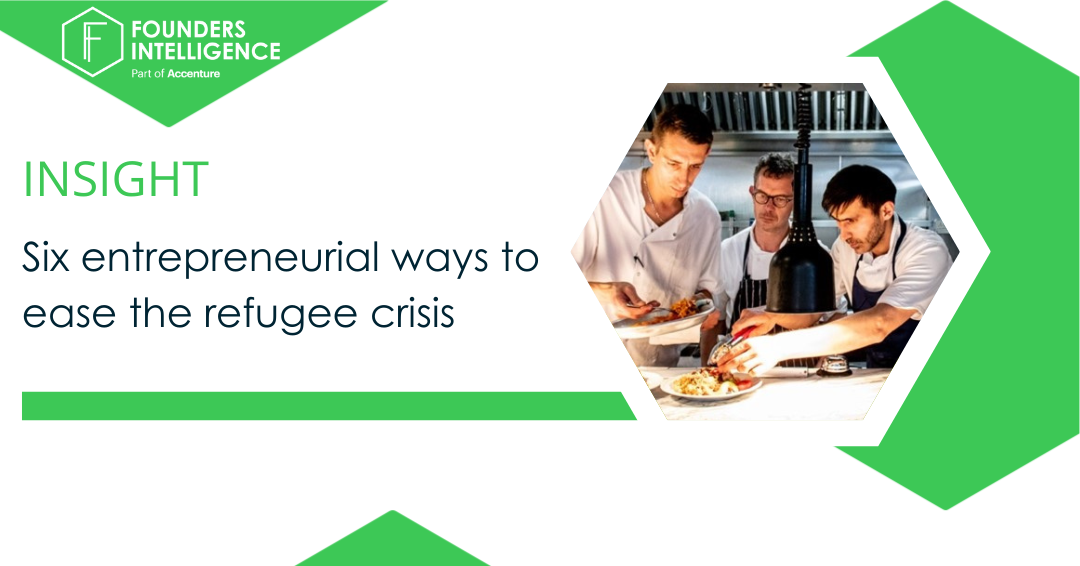Online communities and brand partnerships: how to get in and win
Brands that build or partner with communities can benefit from increased customer retention, word-of-mouth recommendations and a high level of defensibility. But how to build or partner with communities?
Communities have taken over the internet in the last few years. Easily formed through platforms like YouTube, Reddit, Facebook and Discord, people can connect through shared interests, no matter how niche – from finance to DIY to gardening. And the up-and-coming Web3 has communities at its core.
The large growth of these thematic communities has increased their influence in the industries they relate to and are a vital go-to-market strategy for many emerging D2C brands. New and existing brands can gain stronger customer retention, more word-of-mouth recommendations and a high level of defensibility by building their own communities or partnering with existing ones.
But how can these brands build a community from the ground up or make themselves relevant in existing communities, each with their own cultures and collective mindsets?
The communal shift
Having more free time due to lockdowns, more and more people began pursuing hobbies and interests. But finding like-minded hobbyists was almost impossible in person, leading many to turn to online communities. Thus, exploding their growth and changing the marketing landscape in the process. Traditional one-way consumer relationship is quickly losing its value. Forward-thinking brands that have seen the importance of community building are moving towards a model focused on grouping prospects around their hobbies, passions and lifestyle. Within these communities, prospects proactively engage, share and build new networks centred around the brand— almost entirely organically. We’ve seen this play out with brands from motorbike pioneer Harley-Davidson to the booming digital documentation tool, Notion. These brands act as a live case study showing how the process works and develops. Top thought leaders and VCs are already talking about “go-to-community” rather than “go-to-market”. Shining a light on how brands must allocate resources and strategic attention to community building and offering value beyond the product if they wish to thrive in today’s market.Joining existing communities
However, not every brand has the capability to build a community of its own. But they can partner up with existing communities filled with people that share similar interests to the brand. For example, “Ausflugstipps Schwarzwald”, a German online community Founded by Jens, an IT professional with a passion for hiking through the Black Forest. With over 200k members interested in hiking, the community flows with information about active tourism in the region. Now, using his community, Jens is building a “social booking” platform, similar to Airbnb and GetYourGuide, where consumers can book directly from the community to organise trips. The tool has been a great help for SMEs that often struggle against social media algorithms and more prominent campaigns targeting similar audiences. Another German giant, “Wir sind Garten”, has nearly 400k followers and is one of the largest German-speaking Facebook communities. Revolving around gardening, the community holds multiple subgroups and acts as a digital encounter space for a deeply embedded hobby in German culture. Yet, it’s more than simply an online meeting spot. It’s changing the German gardening industry. Previously, gardening brands had to sell through major retailers and innovative products often failed to take off. Now, industry startups like Colvin can directly find support and grow through the abundance of potential customers nestled in “Wir sind Garten”. The fashion industry is going through a similar revolution. Dani Loftus, an FI alumnus and founder of ‘This Outfit Does Not Exist’, points out that digital communities are the core of digital fashion. They democratise creators’ access to knowledge and networking. Breaking down the high barriers to entry and a far cry away from the monopoly held by select fashion brands.How to partner with established communities
Partnering with established communities isn’t as straightforward as establishing partnerships for direct promotion. Most communities are highly protective of what they’ve got and are highly selective about who can advertise there. Keeping order and maintaining the community’s spirit and reputation will always be their priority. That said, many brands successfully establish partnerships with communities. Our partnership panel discussed how to run effective partnerships, highlighting the following best practices for brands looking to work with a community:- Measure the success of your go-to-community strategy by the growth and retention of the community itself alongside the less tangible qualities like the number of new relationships, trust developed, and in some cases, degrees of self-actualisation.
- Act as an engaged community member, providing valuable insight and solutions to problems. The people will always be the focus of the community, not your product, but you can show them how your product will improve their lives.





